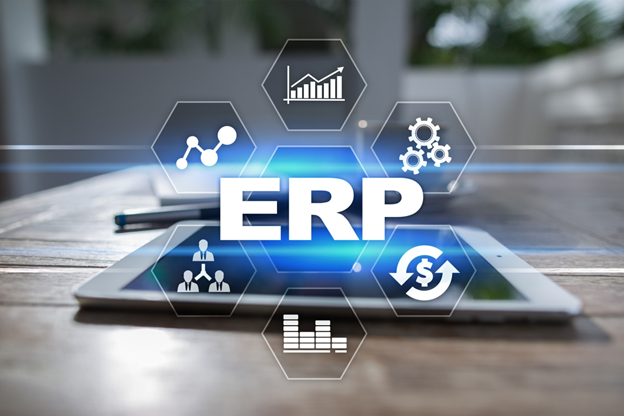Facebook has more than 2.91 billion active monthly users as of April 2022. With more than one-quarter of the world’s population on this behemoth site, there are huge opportunities for businesses seeking to gain new customers.
But what are the Facebook marketing tips that can establish your brand on this massive platform? With so many rivals vying to win new business, you need to know how to rise above the noise and grab the attention of potential customers.
Fortunately, there are some excellent methods you can use to boost your Facebook presence and take your marketing tactics to the next level.
Read on to learn more.
- Set Your Facebook Marketing Goals
Before you begin your Facebook business marketing campaign, it’s important to set clear goals. For example, you may be hoping to increase brand awareness, make sales, or attract more followers.
If you have multiple aims, rather than combining all your various messages together, consider launching separate campaigns, with each one focusing on a specific target.
This will make it easier to send out consistent information that resonates with your audience.
- Only Post Your Best Content
Social media marketing makes it easy to post content at the touch of a button, but this isn’t always a good idea. Before you put up a post, consider who you are aiming your content at, if your information is truly useful, and if you have presented it in the best possible way.
By considering these factors before you post, you can make sure you only provide your audience with terrific content.
- Understand How to Use Paid Facebook Ads
Using paid ads can be one of the most effective Facebook advertising techniques. This method allows you to laser-focus your ads on the specific groups of people who you feel are most likely to buy from your company.
However, if you are not an expert in using Facebook ads, you could quickly burn through your advertising budget. Therefore, it can be helpful to hire a professional on FreeUp to help you maximize your return on investment.
- Interact With Your Facebook Audience
When your Facebook marketing efforts result in consumers liking your posts or getting in contact, you need to build on this connection. Make sure you reply to customers who post comments and thank them for their interest. You can also answer any queries, and encourage others to join in the conversation.
By building trust with users on the platform, you can create strong bonds with your Facebook community.
- Get Feedback Using Facebook Polls
Facebook digital marketing isn’t only about displaying your ads to consumers, it’s also about gathering vital feedback. For example, by using polls to ask questions, you could find that consumers would like you to provide them with a different type of content. Or, you may learn that your messaging is superb and that customers value your posts.
This is a cheap and fast way to find out if your Facebook marketing efforts are on the right track.
Use These Facebook Marketing Tips to Help Your Business Stand Out From the Crowd
Using the most effective Facebook marketing tips can establish your company’s presence on this massive platform. It’s essential to have clear goals, to post a steady stream of top-quality content, and to know how to get a healthy return on investment from your Facebook ad campaigns.
You should also take the time to interact with your Facebook audience and ask for constructive feedback.
This can help your company become a popular name within the Facebook communities that are relevant to your business.
For more helpful hints and tips, be sure to browse our Business category before you go.





